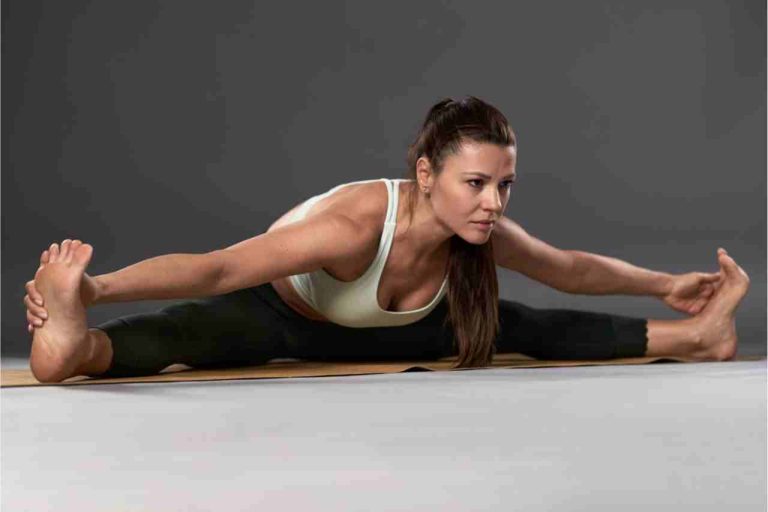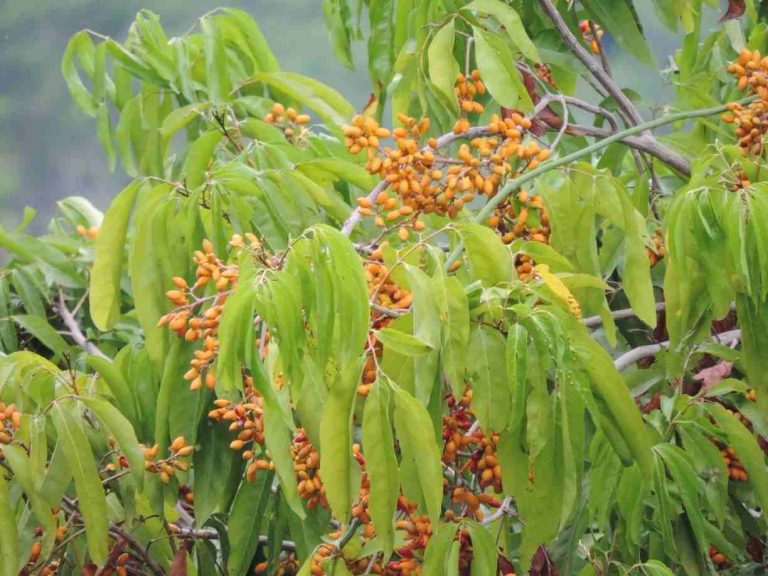
Table of Contents
Amavata Chikitsa
What is Amavata Chikitsa ? Here you will learn its Ayurveda definition, ayurvedic treatment, and diet and regimen options. Amavata is a condition that results from a malfunctioning ‘kayagni’ (stomach fire). The root cause of Amavata is the incompatible nature of ‘anna-rasa’, a substance in the body that undergoes fermentation and putrification. Amavata is caused by vitiated doshas and incompatible habits, as well as emotional factors.
What is Amavata in Ayurveda
Amavata is a chronic disease affecting multiple systems of the body. Though it is incurable, the symptoms of this disease can be easily managed by Ayurvedic Treatments.
Amavata is a toxin in the body that results from improper digestion. This toxin forms sluggish material in the joints called Ama. It is correlated with Rheumatoid Arthritis (RA). Other symptoms of this disease include body aches and stiffness, anorexia, and joint pain. In addition, Amavata is caused by excessive Vata and poor digestion, which damage tissues. Ayurveda has a wide range of treatments for the inflammatory disease Amavata.
Aetiology of Amavata
Amavata is a disorder of the digestive system that causes the limbs to stiffen and the body to feel heavy. The vitiated dosha ‘Vata’ causes the Amavata. Other aetiological factors include kapha and vata vitiation, improper diet and lifestyle, emotional factors, and decreased Agni. A case of Amavata usually results in several ailment.
A common treatment method for Amavata involves the use of Ayurveda. The primary aim of Amavata Chikitsa is to balance out the vata dosha and improve digestion. It also emphasizes a healthy lifestyle, proper diet, and regular exercise. Ayurveda has been a valuable resource for treating the condition for thousands of years. Even Madhav nidana first mentioned Amavata.
Amavata treatment in Ayurveda
So we can say that Amavata disease is caused by low appetite and digestion, along with other reasons like improper diet and following sedentary lifestyle, this disease is characterized by pain, swelling, and tenderness in the joints. The symptoms of Amavata are similar to those of rheumatoid arthritis (RA). Treatments for amavata focus on pathogenesis and Sathyata.
General treatment protocol for Amavata includes :-
Langhana – Fasting, here the purpose of fasting is to relieve heaviness of the body, remove excess fat, make the body trim. If complete fasting is not possible then light diet can be advised which may help to increase the appetite and digestion.
Swedana – Sudation therapies should be done without Oil application, why because there is already undigested Ama or inflammation, above that we should not add oil which is guru in nature.
Snehapaana – Procedure in which medicated ghee is administered to the patient.
Virechana – After Snehapaana purgation therapy can be done, which wil help to improve the digestive fire.
Basti – Procedure in which medicated enema is administered to the patient.
Internal medicines – Internal medicines that are bitter, pungent rasa pradhana should be used, such medicines should also enhance the appetite and digestive power.
Amavata is an inflammatory disease of the joints that is caused by an overproduction of Vata. Ama after getting lodged in the joints restricts the movement of joints, prevents proper functioning of joints, stiffness and inflammation, gradually it leads to damage to the tissues. Treatment for Amavata focuses on balancing Vata. This condition may also manifest as joint deformities.
Ayurveda has numerous treatment options for Amavata. The disease presents itself in the vyakti and stabdhata stages. In Adibala Pravrita cases, the disease produces minor nidana sevana disease, while Bheda stage leads to chronic, untreated disease.
Amavata Diets and Regimens
The best dietary regimen for Amavata is tikta-katu ahara, which includes Old Rice, Butter Milk, Wet Ginger, Garlic, Wheat, Bitter gourd, and Horse Gram. Along with diet, other life style modifications are also important, such as a gentle walk after eating. In addition, Guggulu is one of the most effective drugs for Amavata.
Other aetiological factors include pregnancy and labor. Because these phases are so stressful on the body, they cause a significant amount of depletion of body tissues and fluid. This, in turn, aggravates postpartum diseases that are hard to treat. Similarly, it is believed that amavata is caused by an aggravation of the vata dosha.
While the Ayurvedic system has different ideas about the pathology of this disease, it believes that the sluggish material known as ama forms in the joints. This, in turn, activates the immune system and leads to inflammation of the joint linings. The pain, which is often characterized as a scorpion sting, is also characteristic of the joints. Joint pain, stiffness, and swelling are the most common symptoms of this disease, but it can also be accompanied by systemic symptoms, such as fever and loss of taste.










